The US Cities With the Worst Heat Islands
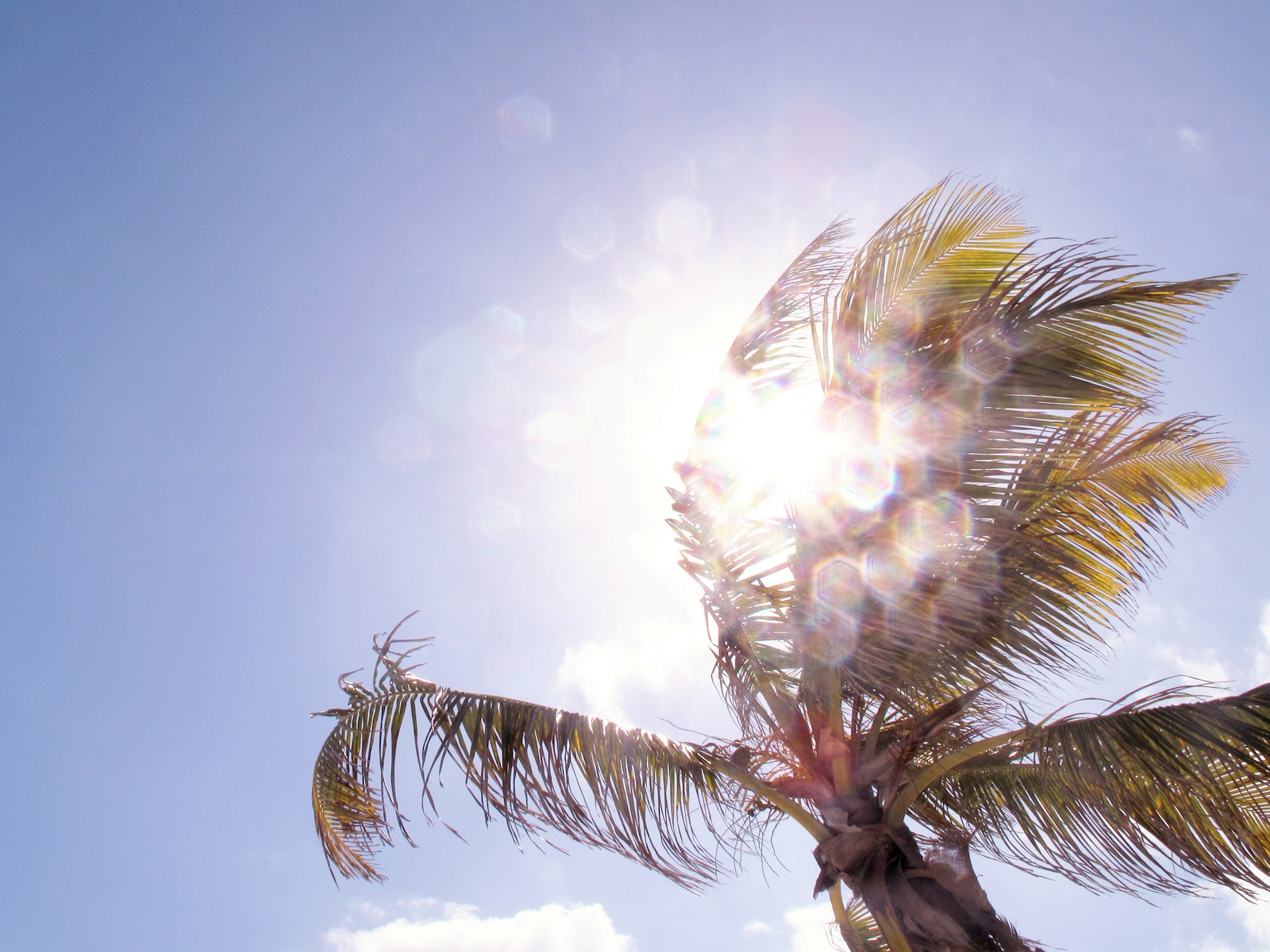 https://climate-crisis-247-bucket.nyc3.cdn.digitaloceanspaces.com/wp-content/uploads/2025/10/22184914/5wrgsa1ycps-150x150.jpg
https://climate-crisis-247-bucket.nyc3.cdn.digitaloceanspaces.com/wp-content/uploads/2025/10/22184914/5wrgsa1ycps-150x150.jpgAs climate change amplifies summer heat, rising temperatures can pose significant threats to health and quality of life in major cities. In many dense urban areas, lack of tree cover and previous surfaces can amplify surface temperature, creating urban heat islands with temperatures 10 to 15 degrees higher than the surrounding suburbs.
Many urban heat islands are disproportionately populated by low-income households and communities of color. Our analysis reveals the cities where an increase in population density has the greatest effect on surface temperature. A closer look at the data reveals the cities with the worst heat islands.
To determine the worst urban heat islands, Climate Crisis 247 reviewed tract-level data on land surface temperature from the USGS Landsat program and the U.S. Census Bureau’s 2023 American Community Survey. Cities were ranked based on the regression coefficient of population density and average land surface temperature in July and August at the census tract level. Census tract data were aggregated to the Census place level using spatial boundary definitions from the U.S. Census Bureau. Only cities with at least 25,000 residents were considered.
20. Omaha, NE
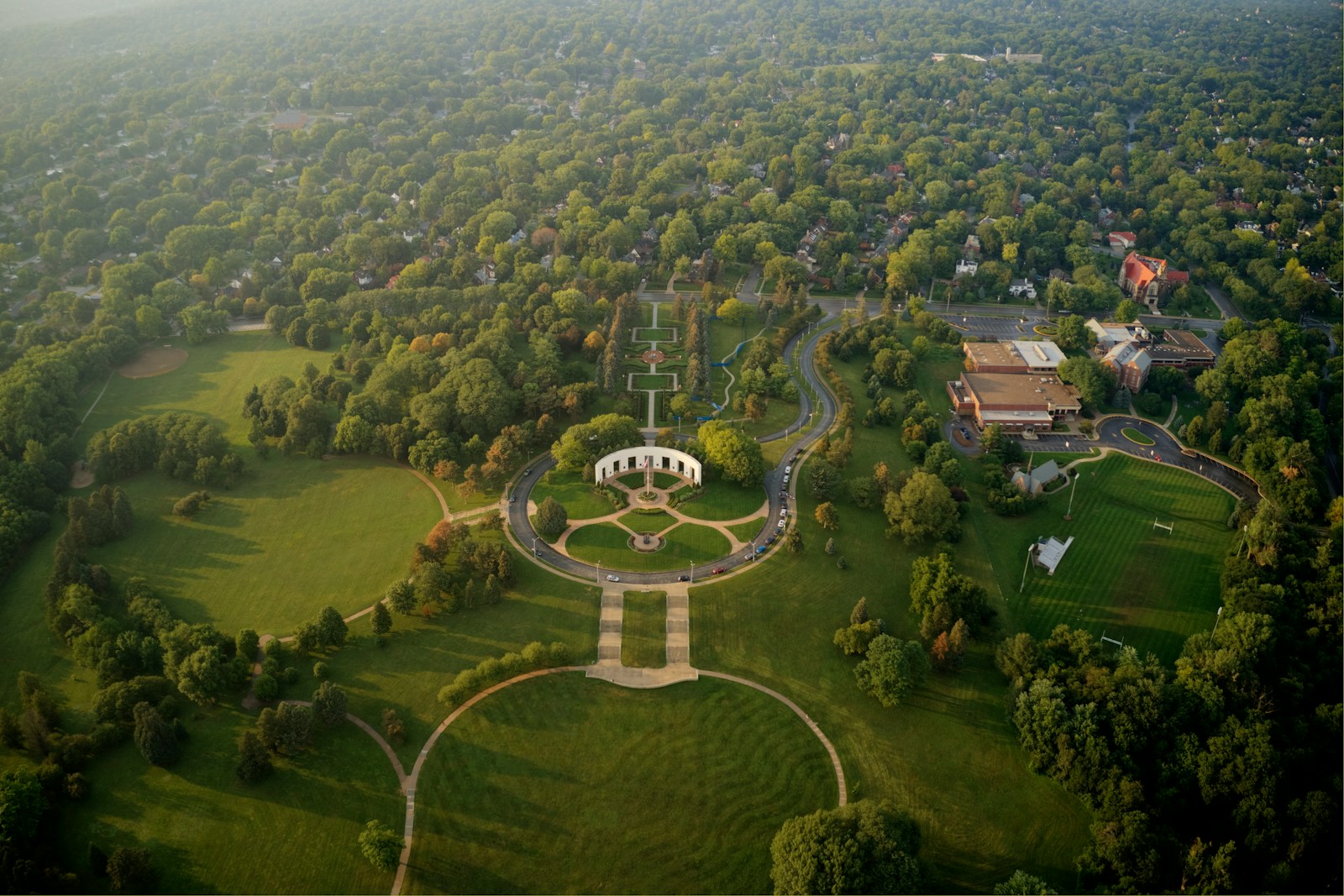
- Temperature effect of density increase of +500 people per square mile: +1.1°F
- Temperature difference between 10 hottest and coolest tracts: +14.9°F
- Average citywide summer land surface temperature: 96.1°F
- Total population: 489,201
19. Washington, DC
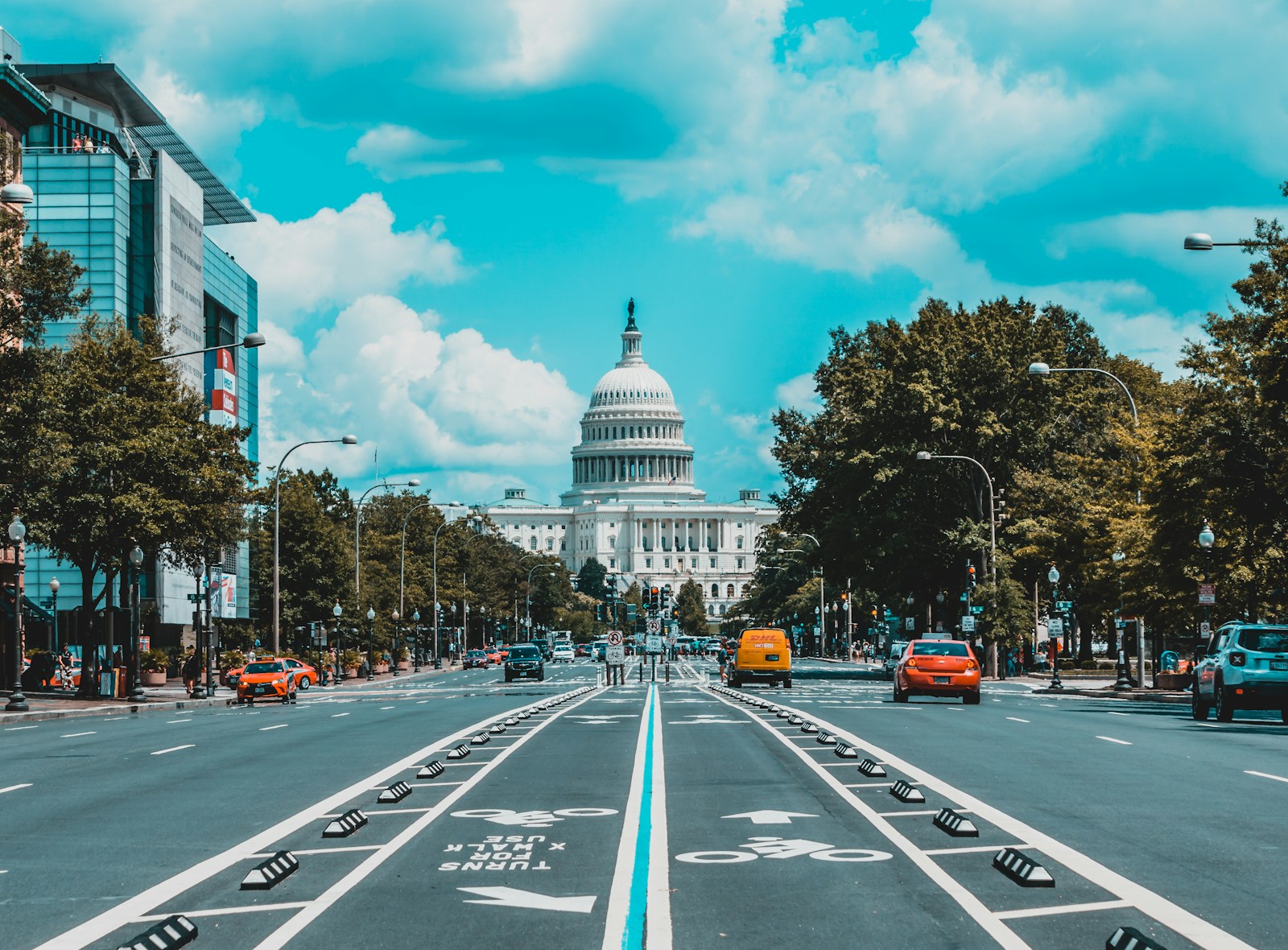
- Temperature effect of density increase of +500 people per square mile: +1.1°F
- Temperature difference between 10 hottest and coolest tracts: +14.6°F
- Average citywide summer land surface temperature: 96.5°F
- Total population: 670,587
18. Portland, OR
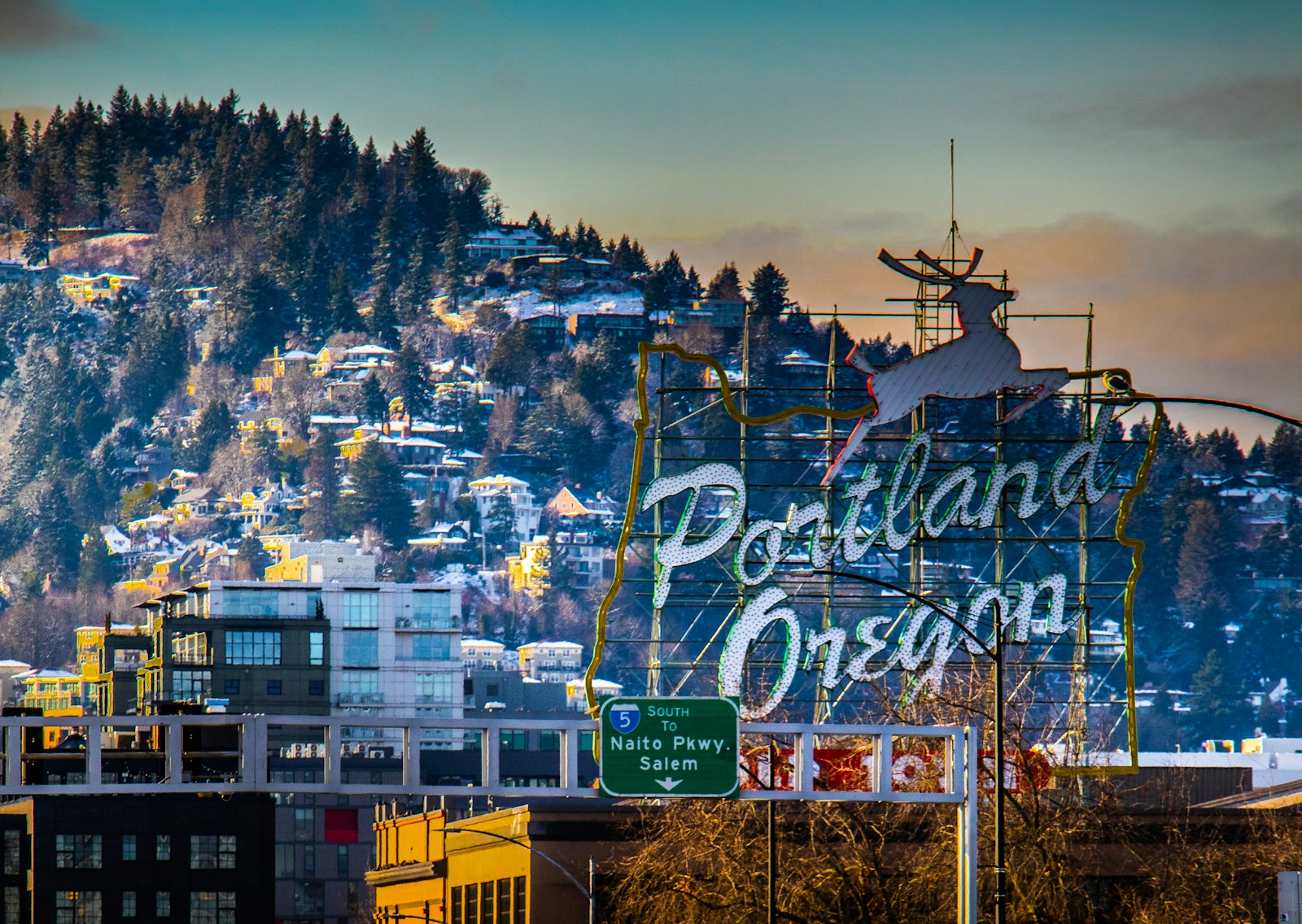
- Temperature effect of density increase of +500 people per square mile: +1.2°F
- Temperature difference between 10 hottest and coolest tracts: +19.1°F
- Average citywide summer land surface temperature: 97.3°F
- Total population: 646,101
17. Raleigh, NC
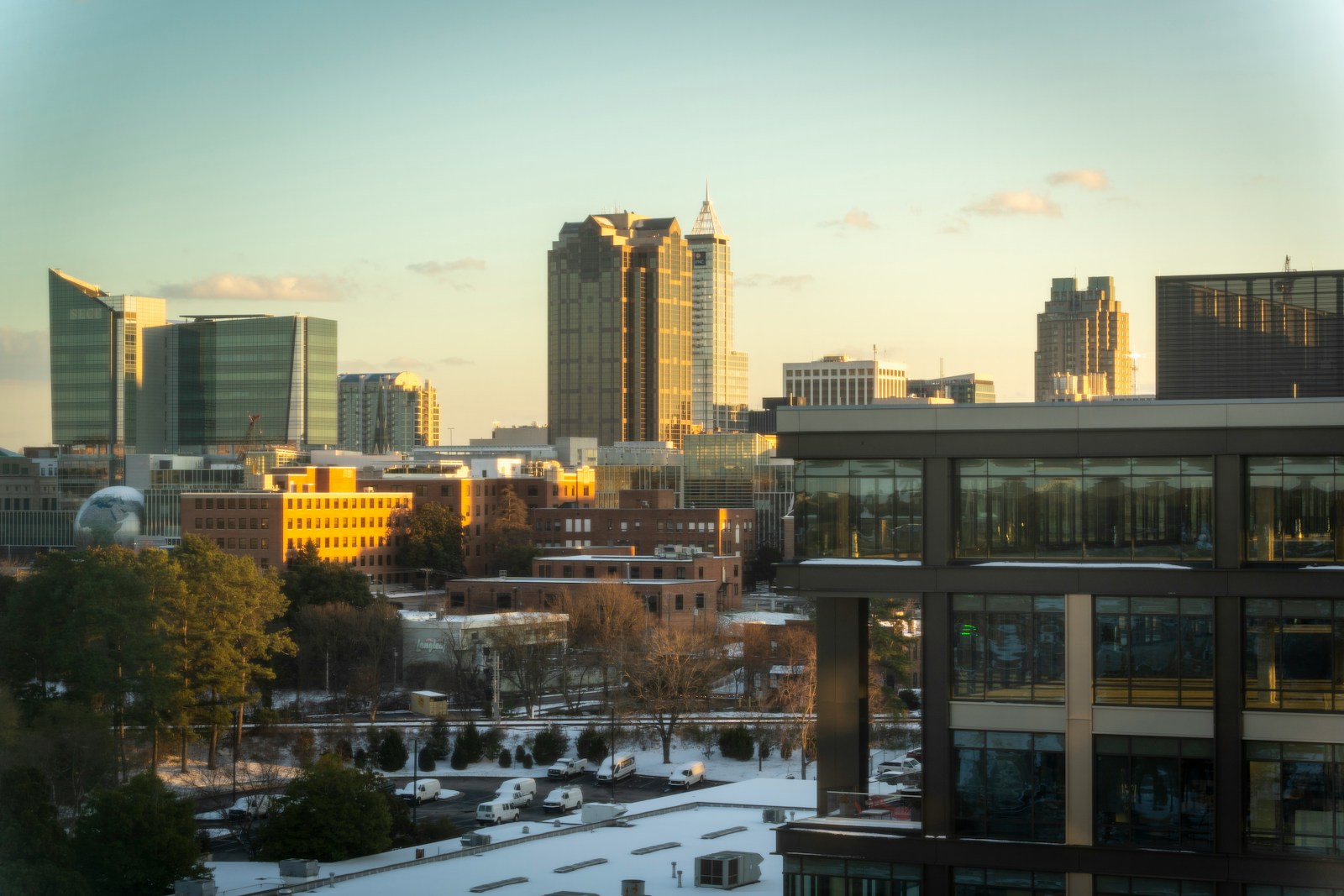
- Temperature effect of density increase of +500 people per square mile: +1.2°F
- Temperature difference between 10 hottest and coolest tracts: +14.8°F
- Average citywide summer land surface temperature: 93.5°F
- Total population: 465,517
16. St. Paul, MN
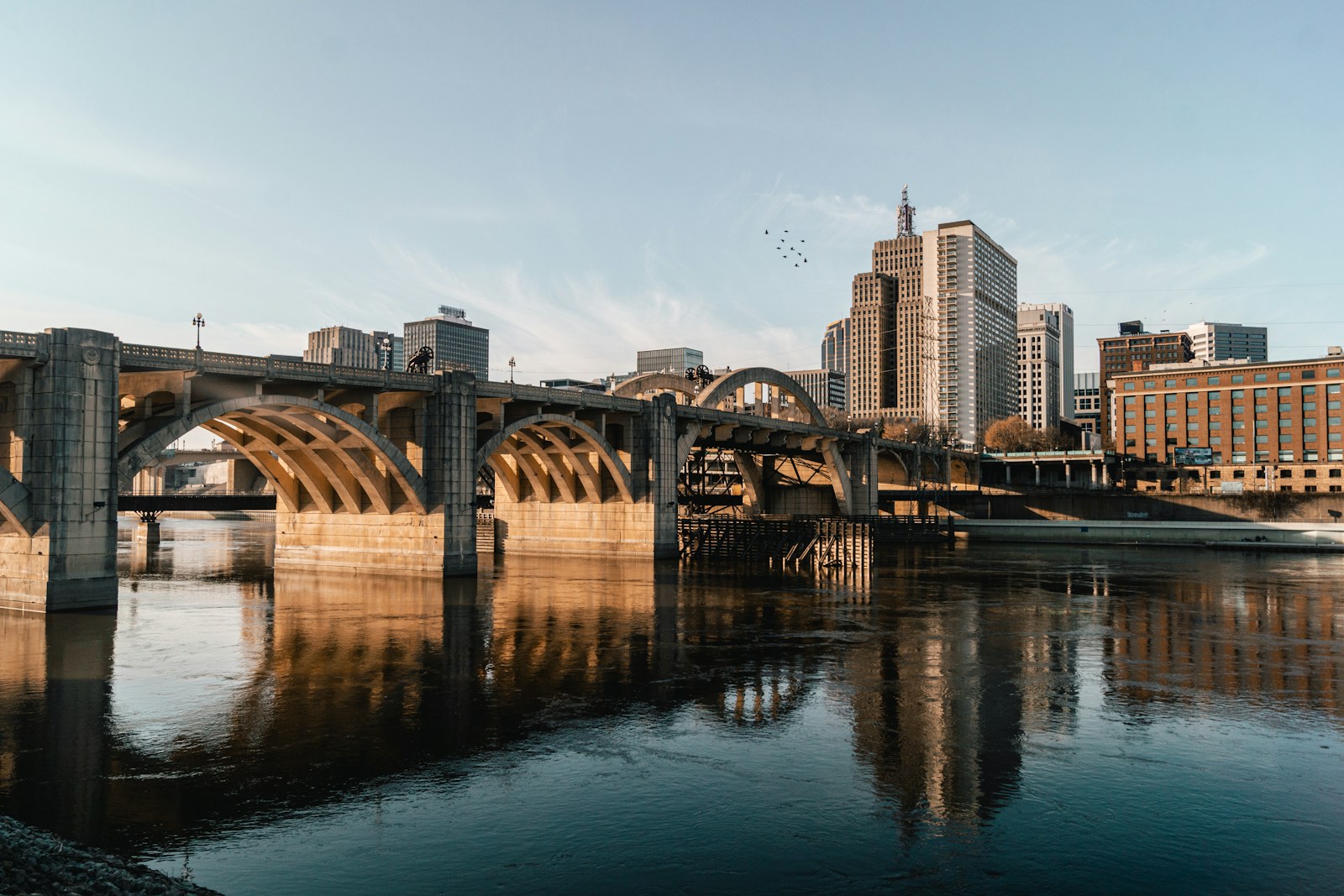
- Temperature effect of density increase of +500 people per square mile: +1.2°F
- Temperature difference between 10 hottest and coolest tracts: +11.6°F
- Average citywide summer land surface temperature: 92.4°F
- Total population: 308,806
15. Chandler, AZ

- Temperature effect of density increase of +500 people per square mile: +1.2°F
- Temperature difference between 10 hottest and coolest tracts: +5.9°F
- Average citywide summer land surface temperature: 124.4°F
- Total population: 275,618
14. Charlotte, NC
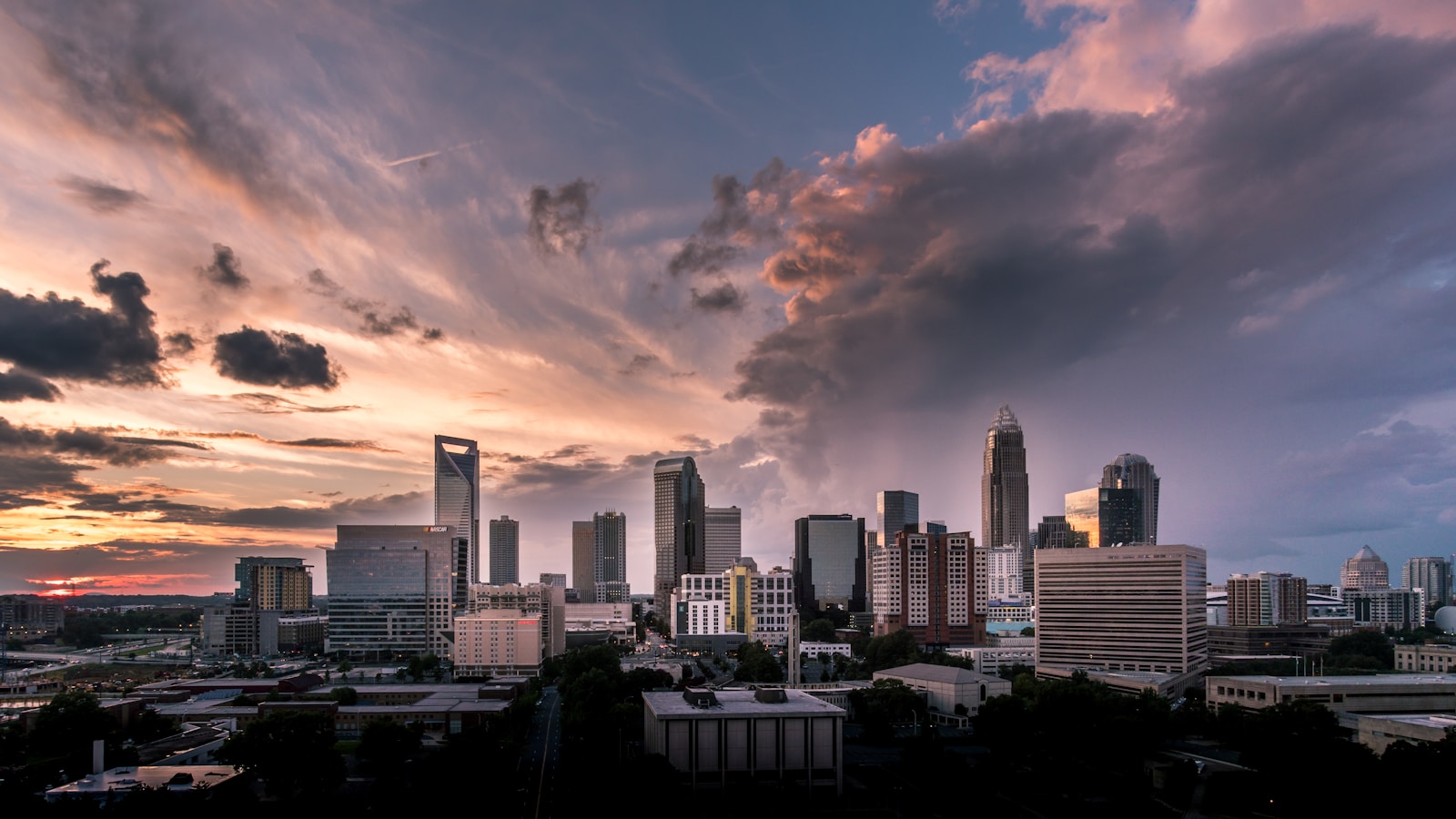
- Temperature effect of density increase of +500 people per square mile: +1.4°F
- Temperature difference between 10 hottest and coolest tracts: +15.5°F
- Average citywide summer land surface temperature: 95.6°F
- Total population: 875,045
13. Durham, NC
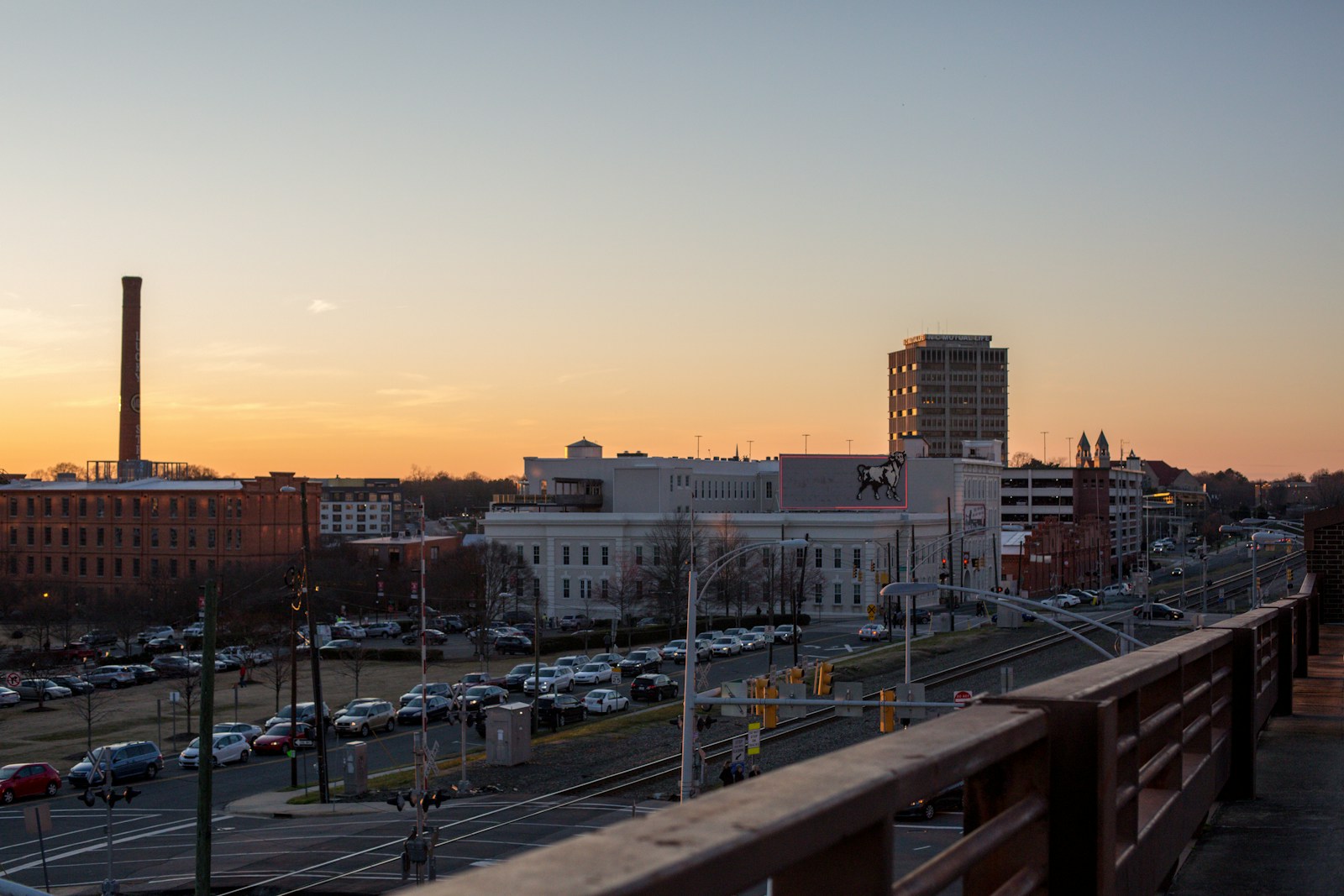
- Temperature effect of density increase of +500 people per square mile: +1.4°F
- Temperature difference between 10 hottest and coolest tracts: +14.3°F
- Average citywide summer land surface temperature: 92.1°F
- Total population: 284,094
12. St. Louis, MO
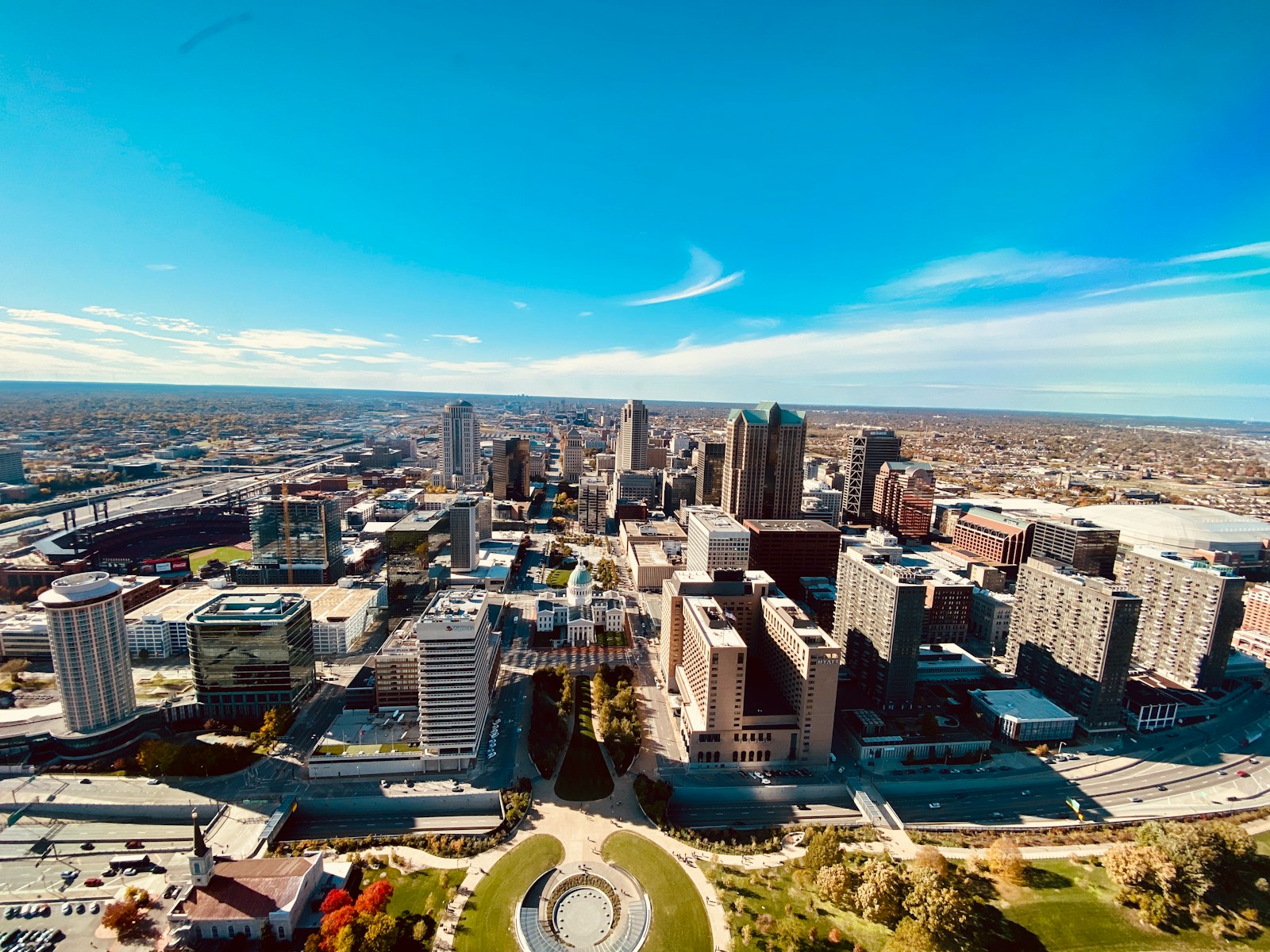
- Temperature effect of density increase of +500 people per square mile: +1.4°F
- Temperature difference between 10 hottest and coolest tracts: +10.1°F
- Average citywide summer land surface temperature: 101.8°F
- Total population: 298,018
11. Reno, NV

- Temperature effect of density increase of +500 people per square mile: +1.5°F
- Temperature difference between 10 hottest and coolest tracts: +8.7°F
- Average citywide summer land surface temperature: 117.5°F
- Total population: 265,196
10. Phoenix, AZ
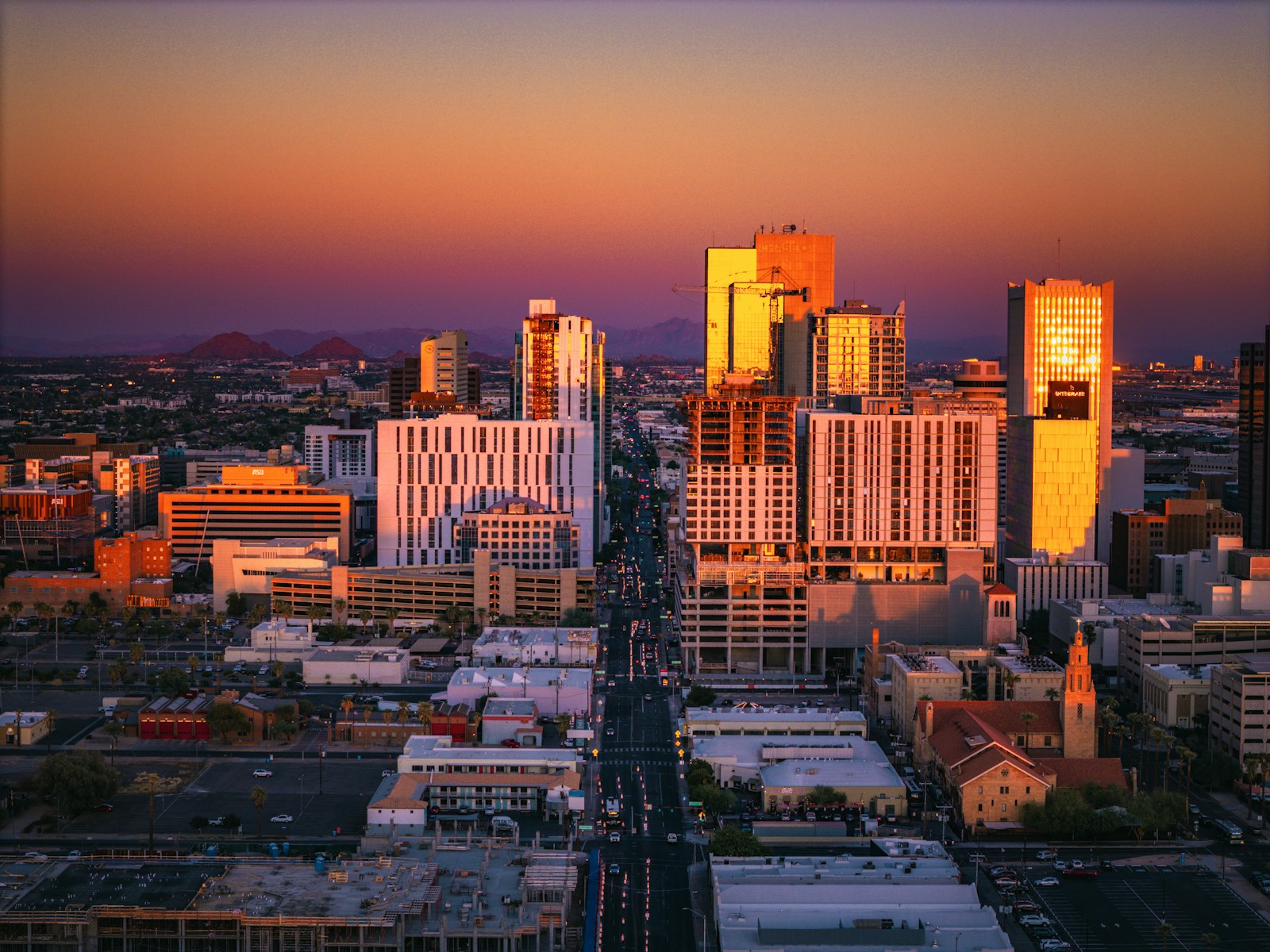
- Temperature effect of density increase of +500 people per square mile: +1.5°F
- Temperature difference between 10 hottest and coolest tracts: +10.0°F
- Average citywide summer land surface temperature: 126.6°F
- Total population: 1,609,456
9. Mesa, AZ
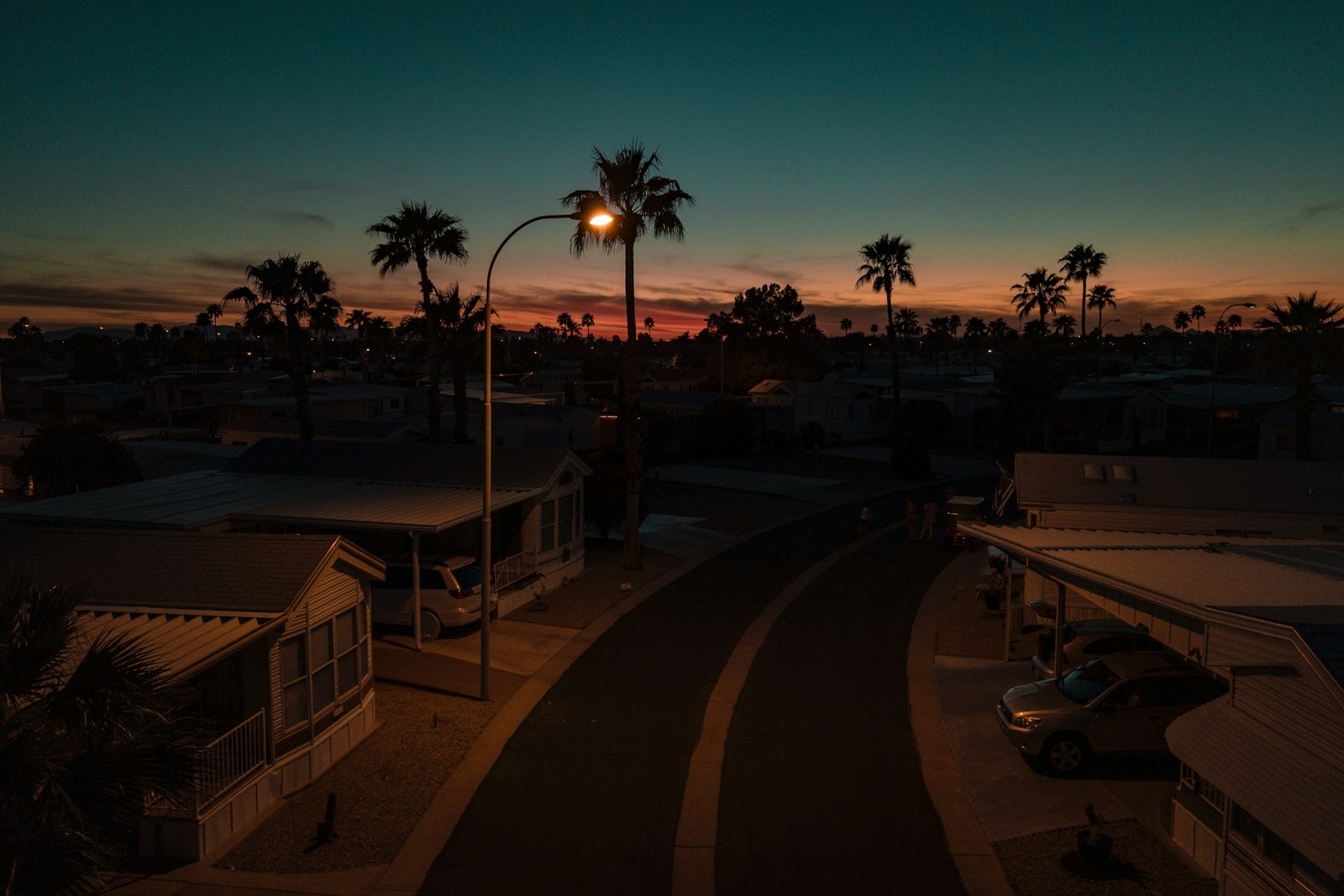
- Temperature effect of density increase of +500 people per square mile: +1.6°F
- Temperature difference between 10 hottest and coolest tracts: +6.8°F
- Average citywide summer land surface temperature: 126.1°F
- Total population: 503,390
8. Jersey City, NJ
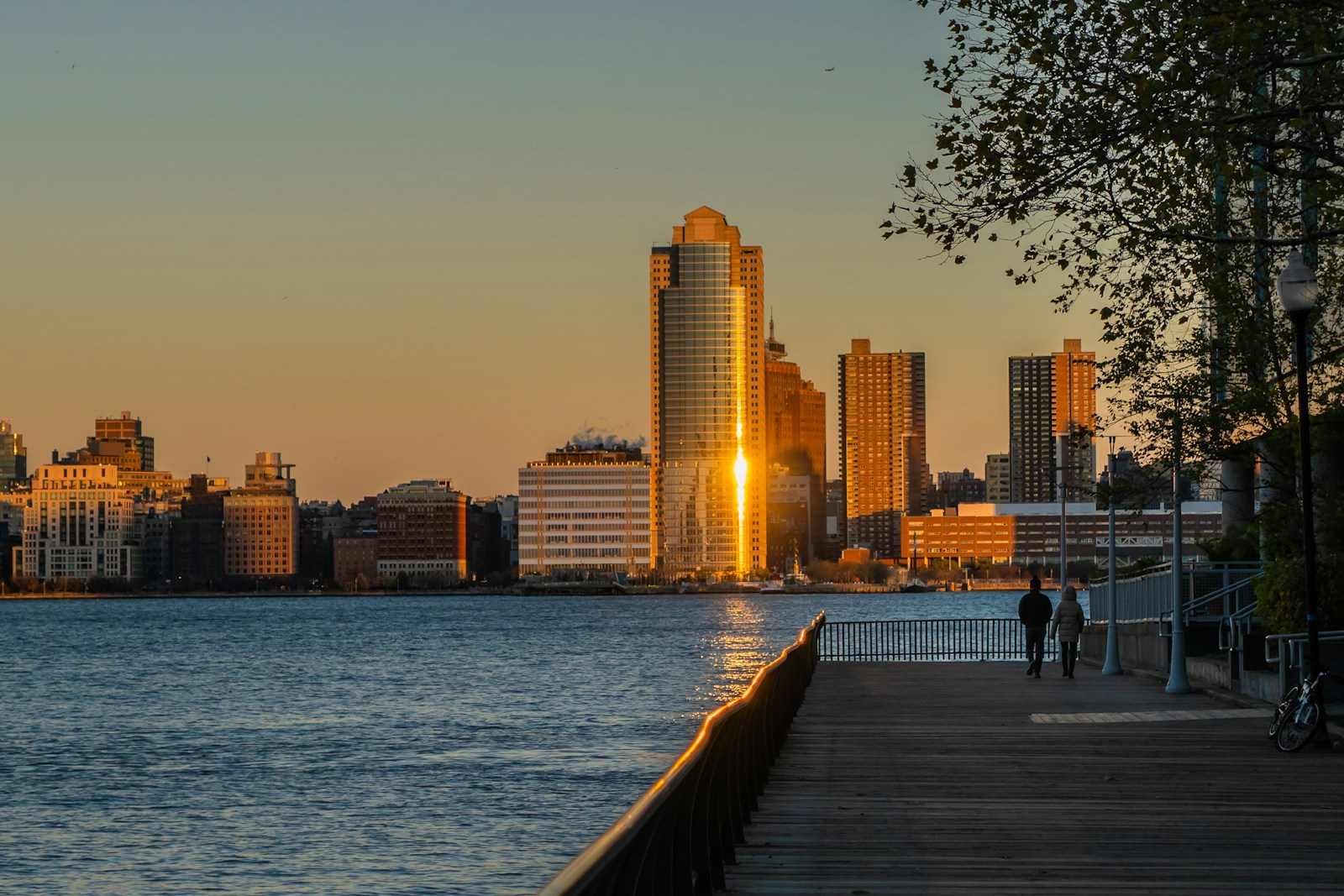
- Temperature effect of density increase of +500 people per square mile: +1.6°F
- Temperature difference between 10 hottest and coolest tracts: +5.0°F
- Average citywide summer land surface temperature: 97.7°F
- Total population: 287,899
7. Milwaukee, WI
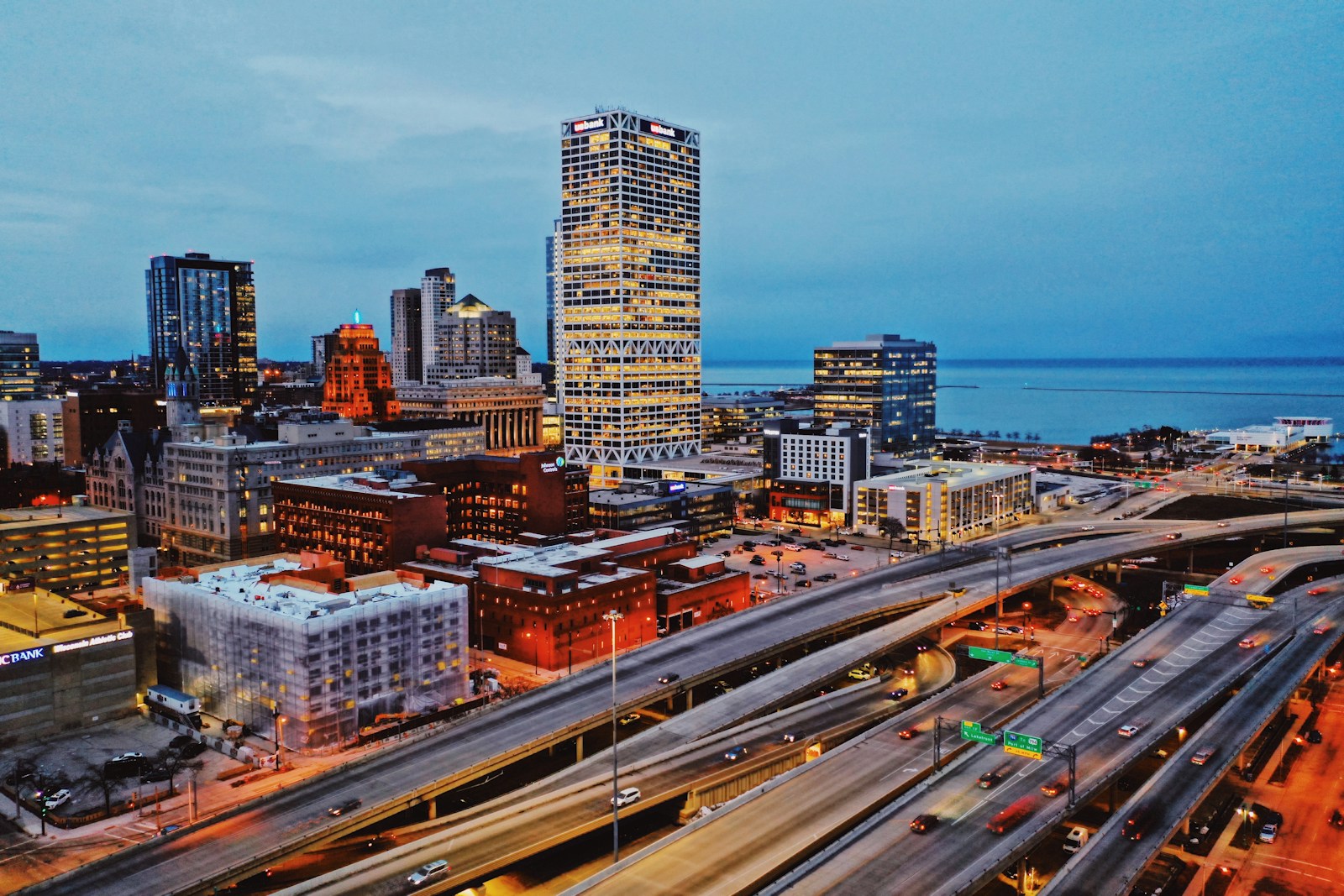
- Temperature effect of density increase of +500 people per square mile: +1.8°F
- Temperature difference between 10 hottest and coolest tracts: +14.5°F
- Average citywide summer land surface temperature: 93.1°F
- Total population: 573,299
6. Kansas City, MO
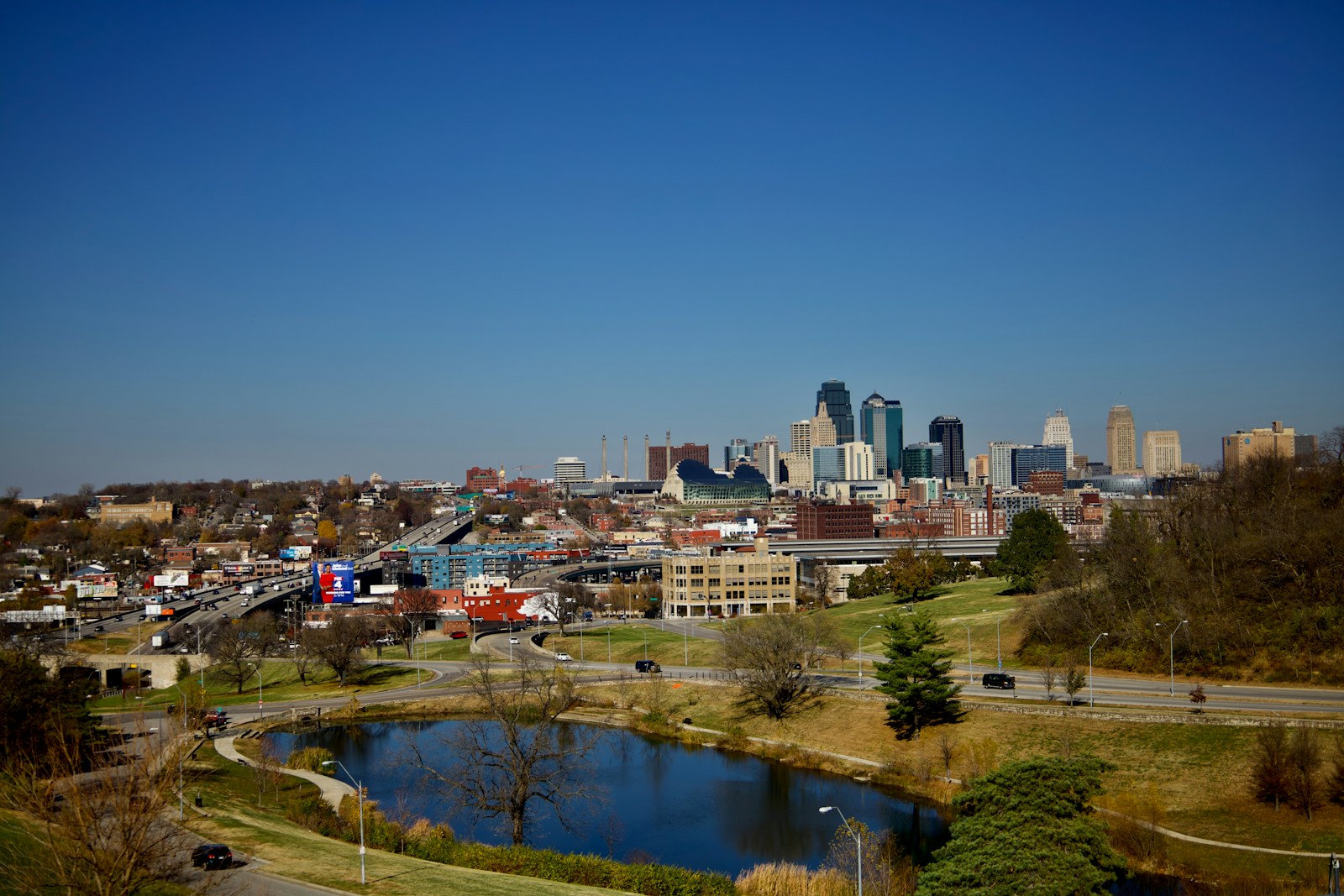
- Temperature effect of density increase of +500 people per square mile: +1.9°F
- Temperature difference between 10 hottest and coolest tracts: +14.9°F
- Average citywide summer land surface temperature: 93.6°F
- Total population: 505,958
5. Gilbert, AZ
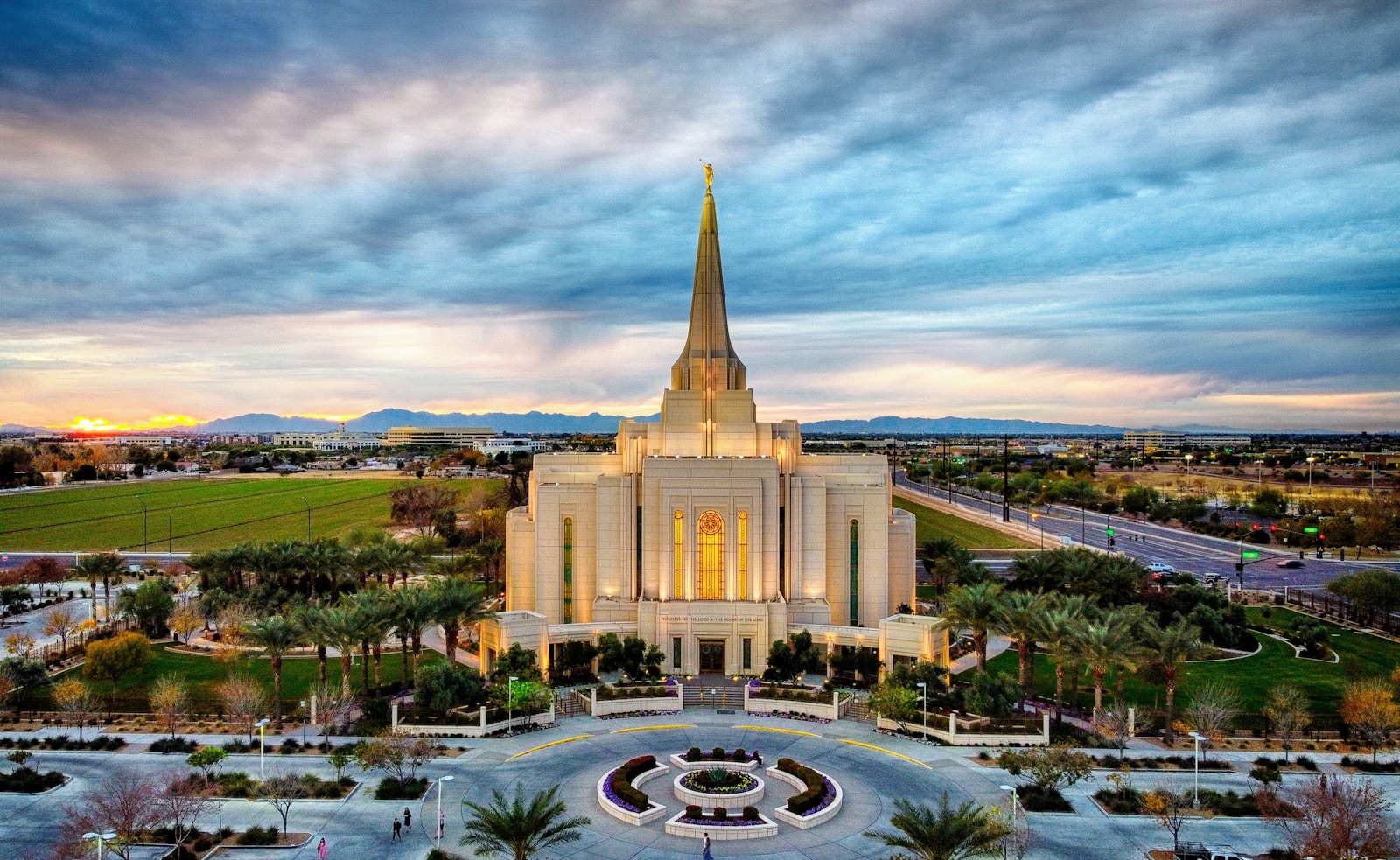
- Temperature effect of density increase of +500 people per square mile: +1.9°F
- Temperature difference between 10 hottest and coolest tracts: +5.0°F
- Average citywide summer land surface temperature: 123.1°F
- Total population: 267,267
4. Indianapolis, IN
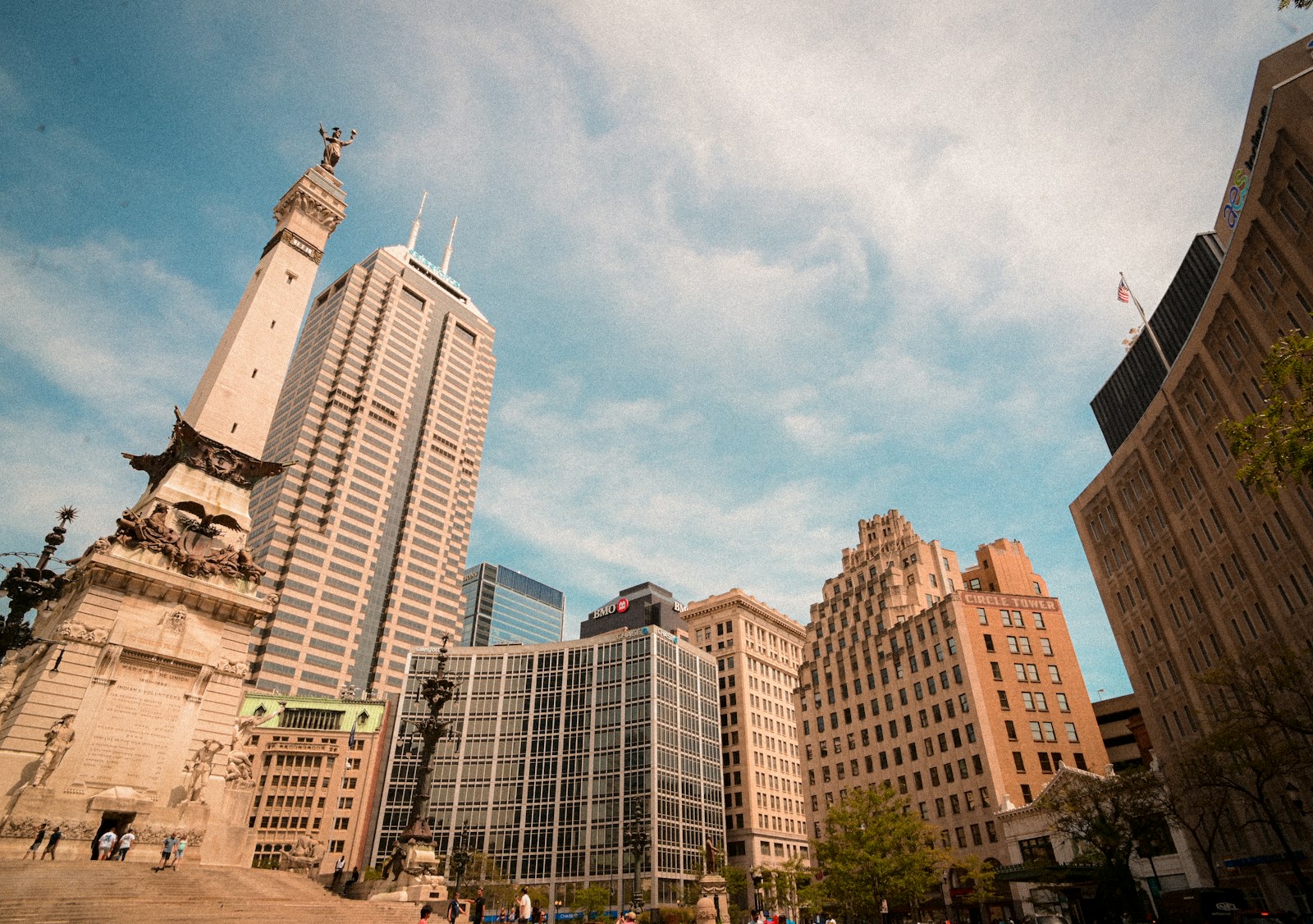
- Temperature effect of density increase of +500 people per square mile: +2.0°F
- Temperature difference between 10 hottest and coolest tracts: +16.5°F
- Average citywide summer land surface temperature: 93.3°F
- Total population: 882,006
3. Madison, WI
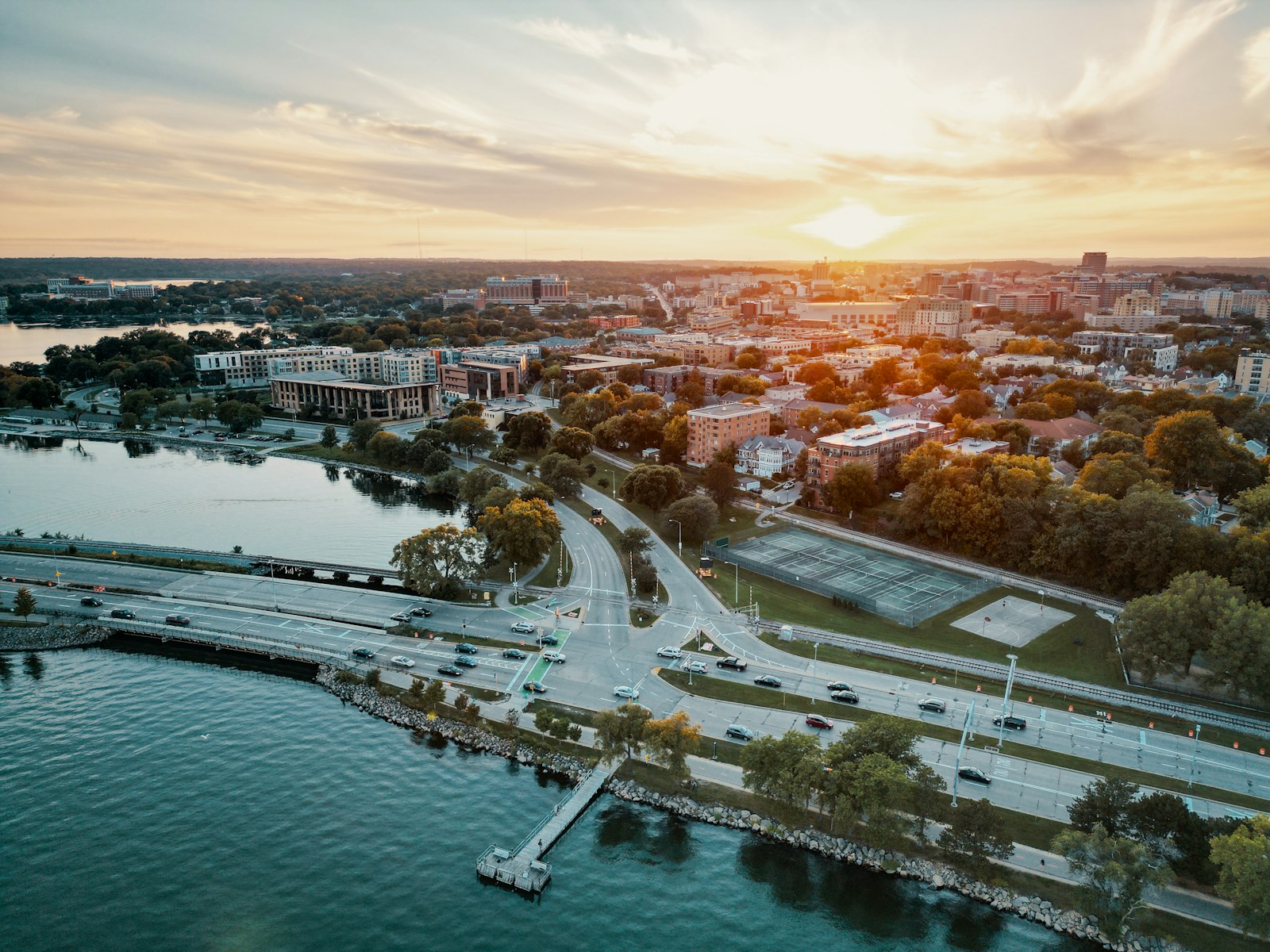
- Temperature effect of density increase of +500 people per square mile: +2.1°F
- Temperature difference between 10 hottest and coolest tracts: +11.1°F
- Average citywide summer land surface temperature: 86.9°F
- Total population: 268,516
2. Denver, CO
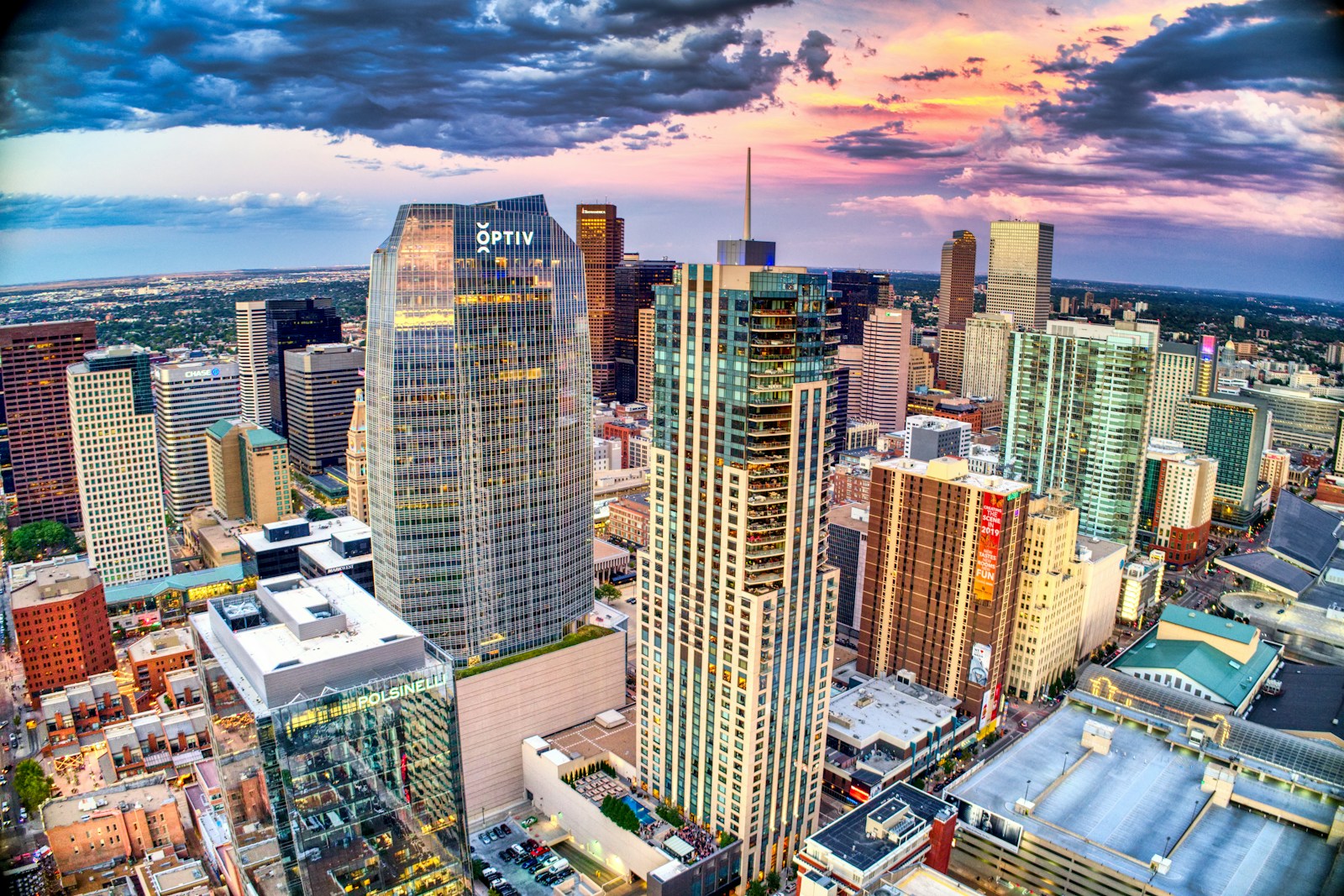
- Temperature effect of density increase of +500 people per square mile: +2.3°F
- Temperature difference between 10 hottest and coolest tracts: +12.2°F
- Average citywide summer land surface temperature: 110.2°F
- Total population: 710,800
1. Seattle, WA
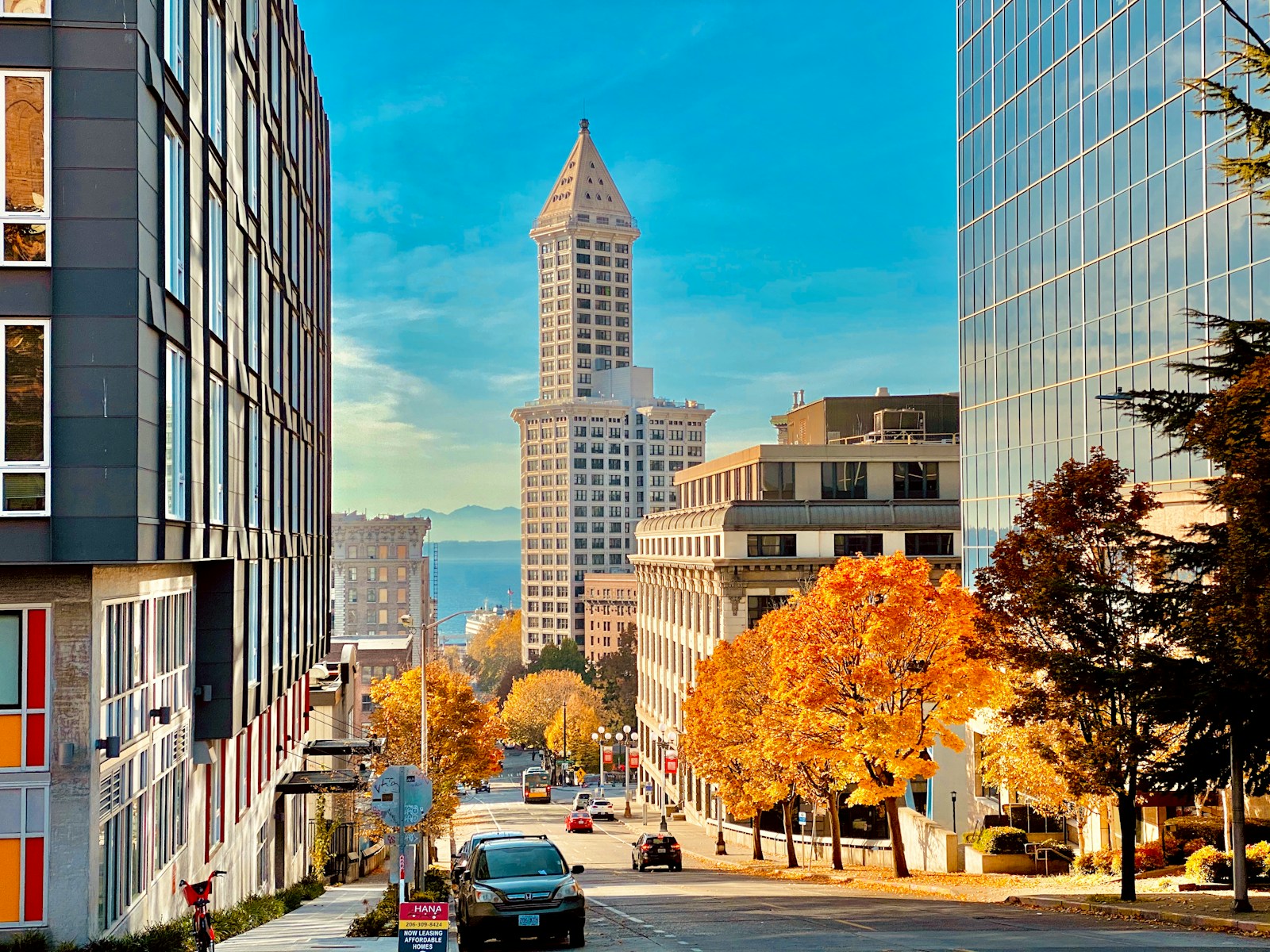
- Temperature effect of density increase of +500 people per square mile: +3.2°F
- Temperature difference between 10 hottest and coolest tracts: +15.3°F
- Average citywide summer land surface temperature: 91.2°F
- Total population: 734,603
Sponsor
Find a Vetted Financial Advisor
- Finding a fiduciary financial advisor doesn't have to be hard. SmartAsset's free tool matches you with up to 3 financial advisors that serve your area in 5 minutes.
- Each advisor has been vetted by SmartAsset and is held to a fiduciary standard to act in your best interests. Get on the path toward achieving your financial goals!
